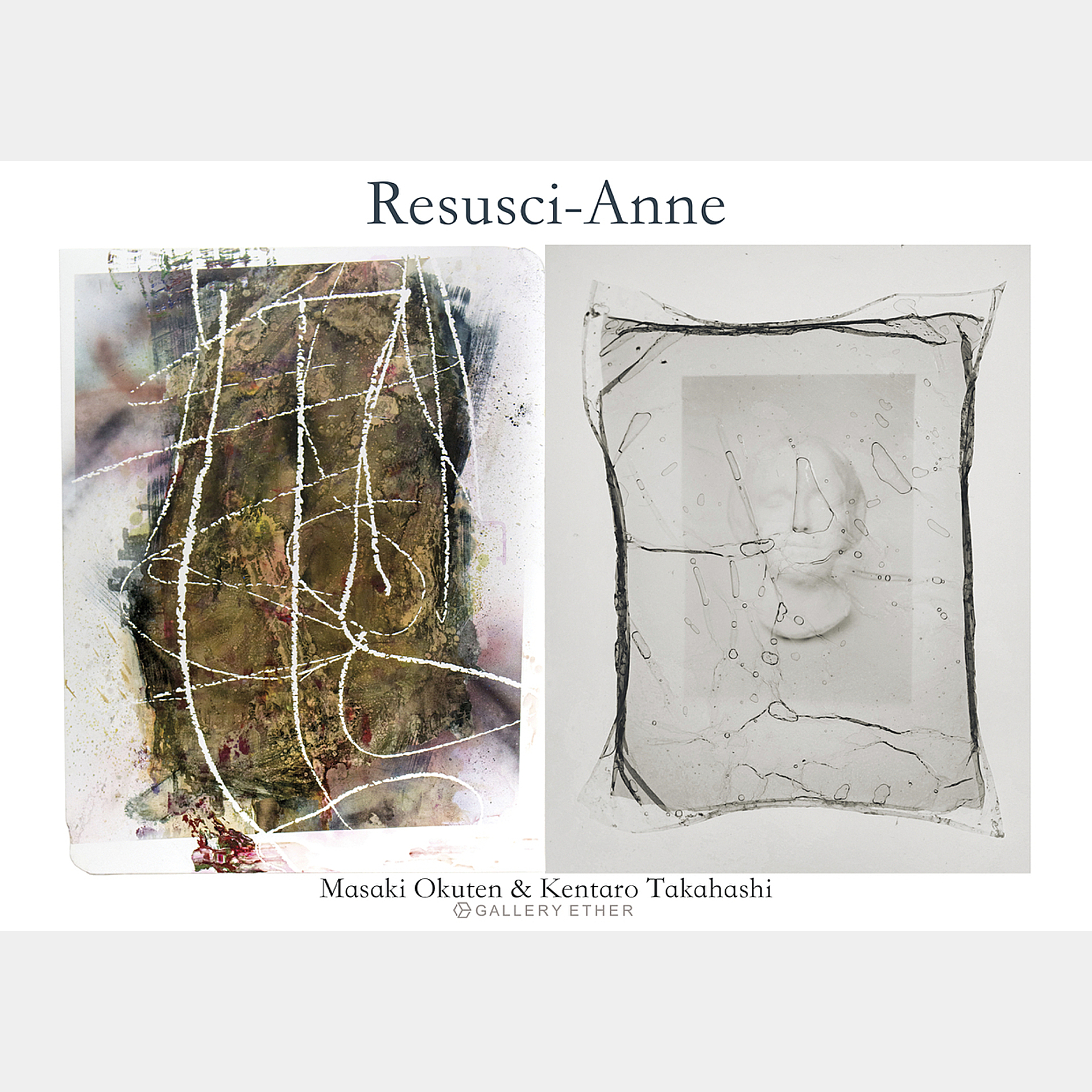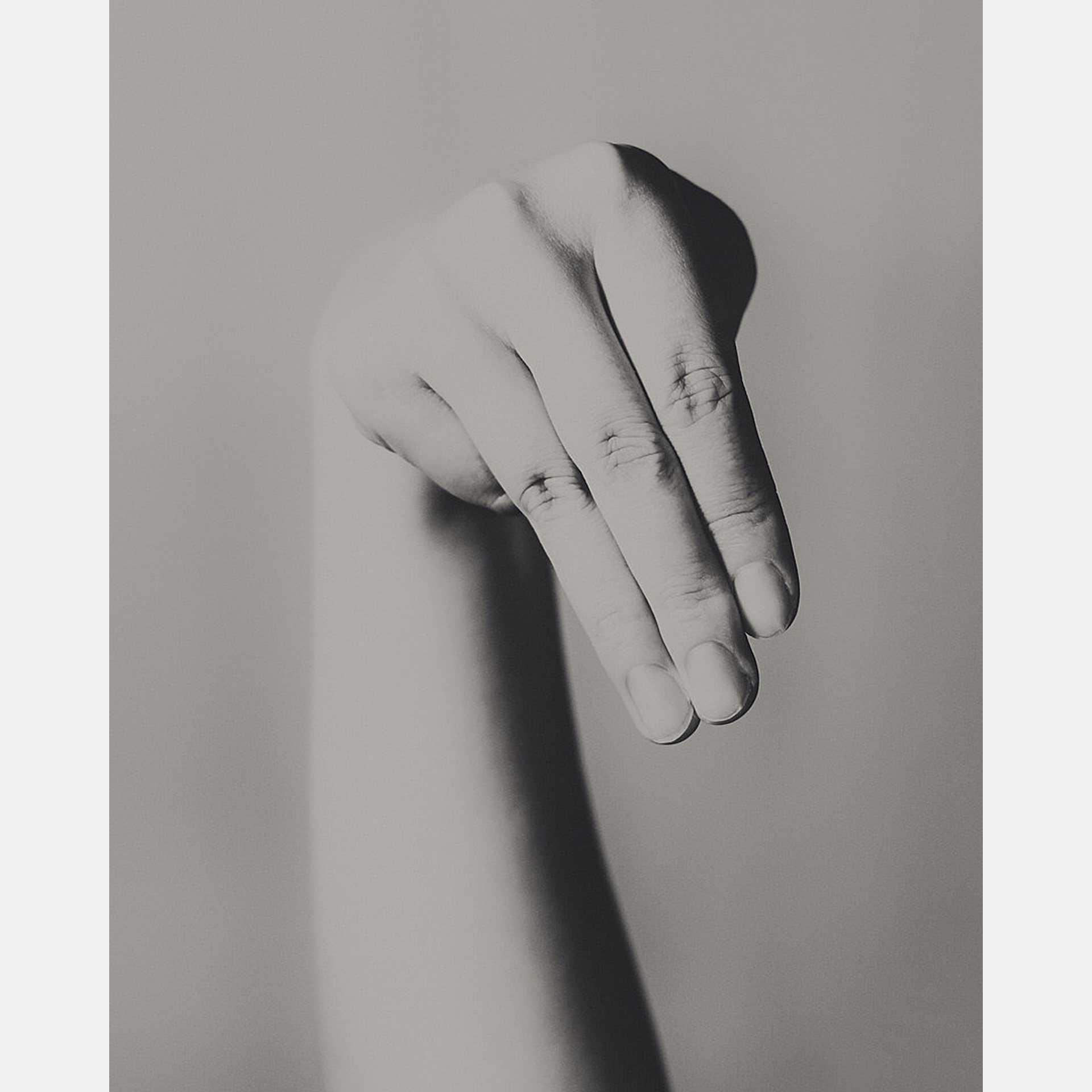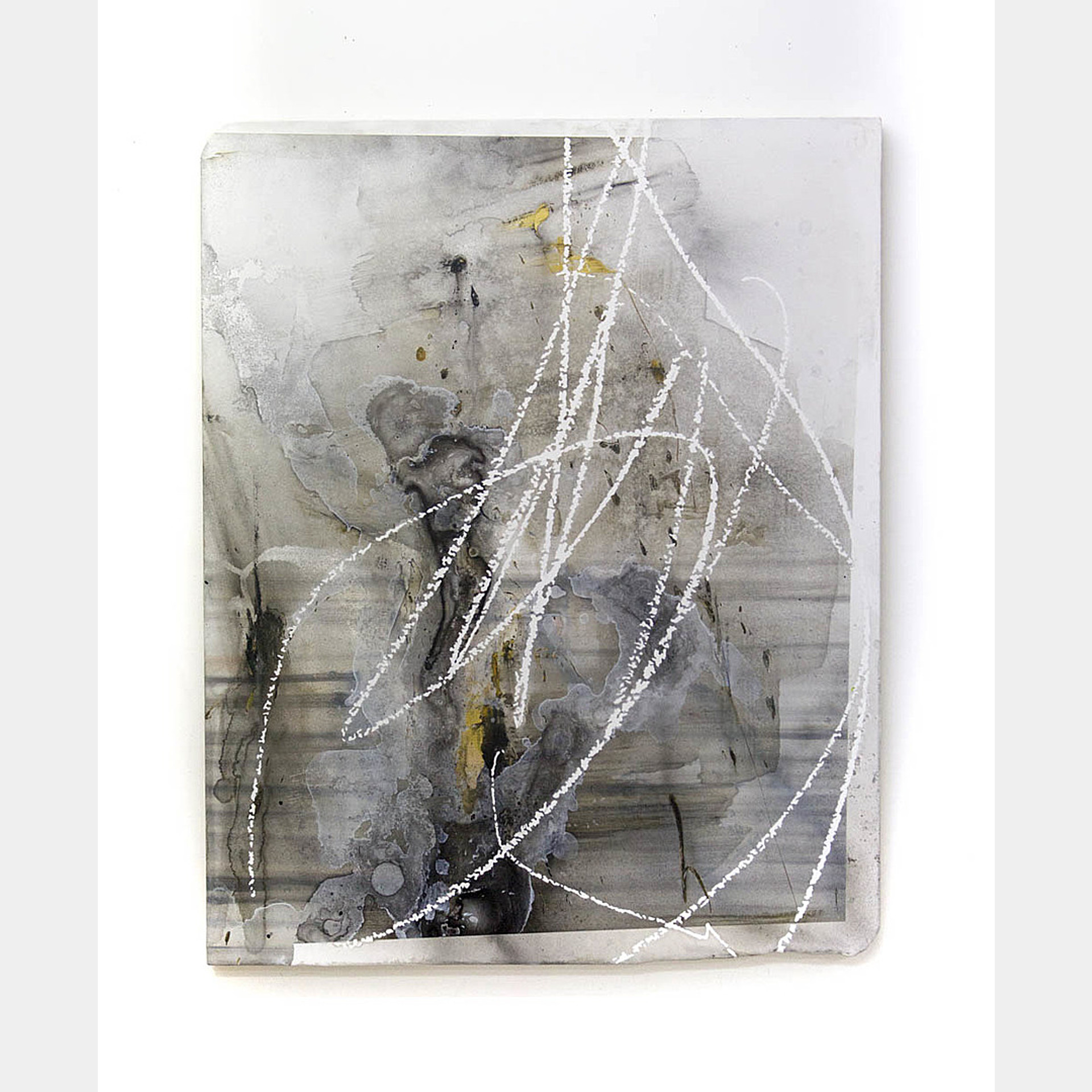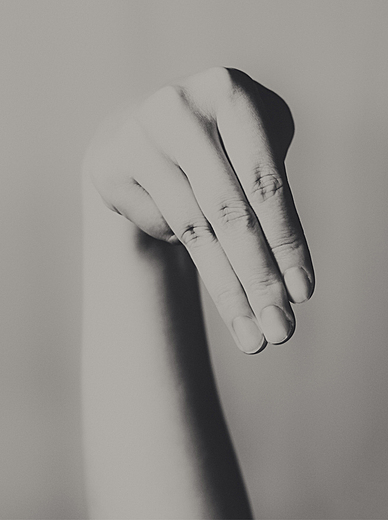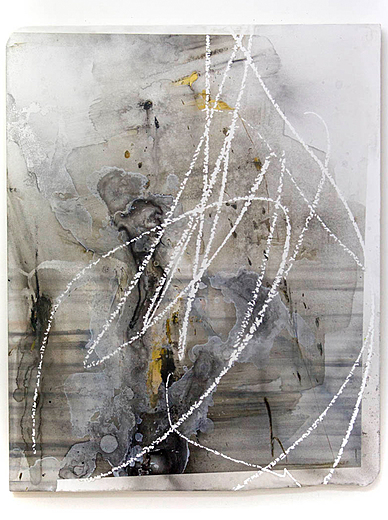GALLERY ETHER is excited to announce Resusci-Anne, a new dual-exhibition and collaborative installation work by Tokyo-based artists, painter Masaki Okuten and photographer Kentaro Takahashi, to be held from Saturday, September 10th through Saturday, September 30th.
The title, Resusci-Anne, is taken from the medical simulator doll of the same name, the face of which being modeled after L’Inconnue da la Seine (The unknown woman of Seine), the death mask of a young unidentified woman found drowned in the River Seine in the late 1880s. The doll, still in production since then, stood out to the artists Okuten and Takahashi as an enduring icon of simulacrum, having degenerated from person to memorial mask to medical doll being produced in perpetuity.
In the exhibition Resusci-Anne the artists draw on their shared feelings toward the act of production relative to their different forms of expression, painting and photography respectively, as means of capturing motifs and manifesting them via artistic mediums and actions. Throughout the various works put forth by each artist, including their first collaborative installation piece, the duo intersect the perspectives of painter and photographer in an exploration of methods of approaching the “distances” encountered in the production process.
An opening reception with the artists in attendance will be held on Saturday, September 10th from 17:00 to 20:00. We look forward to seeing you there!
Exhibition Statement
Resusci-Anne is a special two-person exhibition that reconfirms the commonalities and differences found in two-dimensional works by examining the various senses of distance from the perspectives of the painter Masaki Okuten and the photographer Kentaro Takahashi.
Masaki Okuten works with a theme of “laminated structure”, vigorously composing abstract paintings from a multitude of layers that assert and emphasize the pure white lines that shine through from the base.
Kentaro Takahashi ruminates on the “distance” to the subject. By focusing on an obstruction such as a mesh placed between the subject and camera rather than the subject itself, he is able to capture more obscured, symbolic images.
So what can they do with their respective means of expression, painting and photography? Keeping this question in mind they explored a number of approaches to find a sincere answer.
During the production process of painters and photographers images are taken and developed, instantaneously changing dimensions, as well as capturing the perspective of the photographer for others. In painting, there is the world that is depicted and then there is negative space. In photography, there is the world that is cut from view and becomes invisible. The work becomes a reflection of the artist’s sense of distance. In addition, in painting there is an appropriate distance within the viewing space, between the work and the viewer, at which the work becomes inviting. In photographs, the distance to the actual subject must be considered. Dozens of invisible layers and distances build to constitute the work.
Although there are differences in the process from conception to realization for painting and photography, the relationship between figure and ground, that is how the figure is placed within the ground, or support medium, is the same. After the work is hung in the exhibition space, it can be said that a new way of seeing the work can arise on account of any number of factors, which the artist themselves may not have anticipated. This exhibition aims to expand the range of two-dimensional expression by appreciating two different modes of expression in a single space.
Paintings and photographs are not just some vague records of the past. Why painting? Why photography? Because there is something definite, that can only be expressed in those ways. The artist brings together the past, present, and future, introducing new perspectives to the viewer. Through the work of these artists, we invite you to look once more, with new eyes, at this world.
About the Installation: Resusci-Anne
The person who is the inspiration for this work was pulled as an unidentified corpse from the Louvre bank of the Seine River in Paris, estimated at the time to be about 16 years old. The pathologist who did her autopsy created a death mask, which was the custom at the time when dealing with an unidentified body. Because of her faint smile, her visage was later adopted as the model for a dummy used in CPR training. The medical doll, dubbed the “Resusci-Anne”, was announced in 1960. Within a few years, reproductions of the death mask spread throughout Bohemian groups in Paris, becoming a kind of spooky interior decoration and oddity.
Resusci-Anne is the first collaborative work made by these two artists. Kentaro Takashi is in charge of the printing process, while Masaki Okuten is in charge of the support media.
The portrait floating on the surface of the water tank is the unidentified girl found in the Seine River who later became the Resusci-Anne. The image (icon) moves and vibrates in response to outside agitations. The portrait is seen through light emanating from the bottom of the tank, not unlike photo film when being developed. A scene most photographers are quite familiar with, it brings forth memories of the developing process and serves as a metaphor for Resusci-Anne’s own developmental history. On the other hand, similar to white painting, Okuten creates support through the addition of air bubbles and cracks. Through the use of painterly materials, the artists have dared to deviate from the usually flat surface found in printing, and taking advantage of variances in the substrate when fixing the image, they are able to approach the image of Resusci-Anne from another perspective.
The two artists state that they want this work to function like an exchange of letters between writers. It is a dialogue through works, with each working from their own point of view. It gives an understanding of one another’s attitudes towards production. It can be claimed that this work stands as a symbol for the “distance” discussed in this exhibition.
The eyes and hands of the artists are meticulous, both in the technical and sensible aspects, sometimes choosing images with emotion to build a new world not possible to convey entirely to the viewer. Within our surrounding environment, to what extent are we able to share values and information, aesthetics and personal thoughts? Perhaps the work belongs to no one. Maybe it is for no one, something that cannot be clearly explained or deciphered.
The smile of the girl who became a corpse has changed through many reiterations over the course of about 130 years. We can only imagine the various histories of those smiles.
With this work, the image of a girl pulled from the Seine River begins to drift once more.
